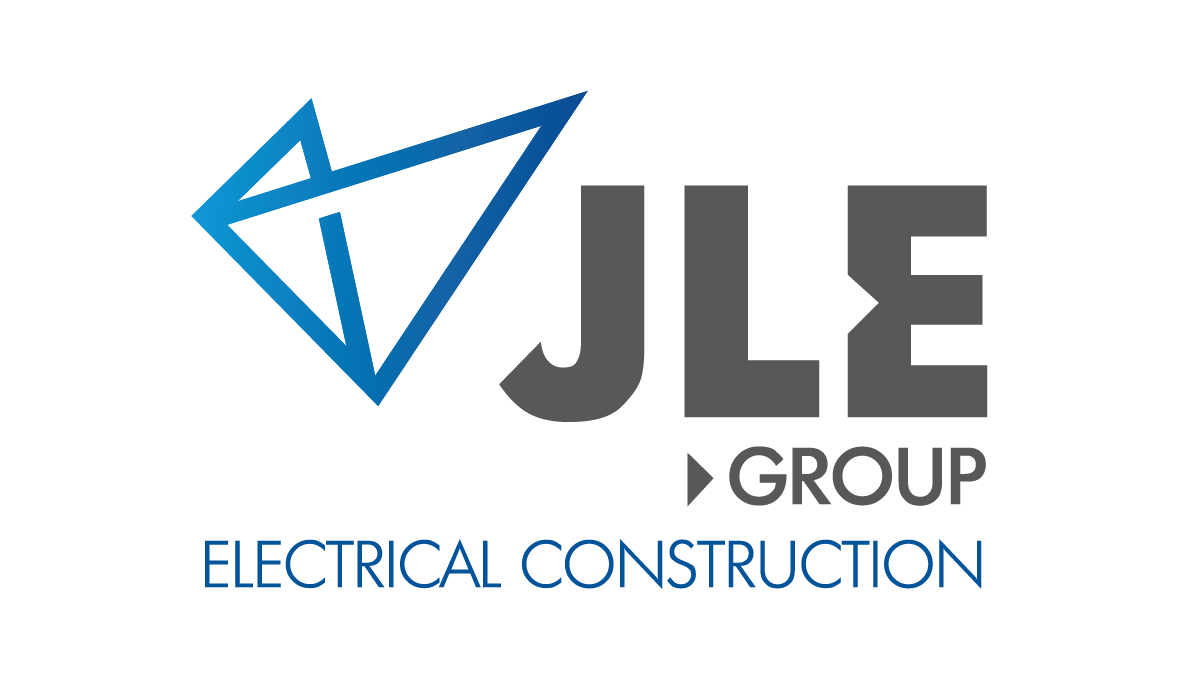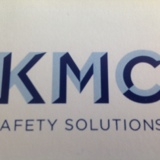Title Page
-
Site conducted
-
Conducted on
-
Prepared by
-
Location
-
Site
-
Description of Works
-
People at Risk From Task
- Staff
- Third Parties
- Other Contractors
- Public
-
Revision
BEFORE THE WORKING PARTY STARTS
PART 1 - STOP PoWRA shall be completed at the Point of Work before you start
-
YES= (Continue with Task) NO=(Do not continue) N\A=(Ask If unsure)
-
Covid procedure
-
Has the Dailey activity/safety briefing been delivered?
-
Have you read, understood and signed onto the method statement risk assessment (RAMS) relevant for the task
-
Are their suitable COSHH assessments in place for any hazardous substances associated with the task
-
Do you require a safety document for the task - if yes are you signed onto it?
-
Are you suitably trained on the required plant equipment and specific hazards relating to the task?
-
Are appropriate emergency procedures in place?
-
Do you have the correct tools, plant and equipment to undertake the task Safely?
-
Do you have all the suitable and sufficient training /competence for the task?
-
Do you have the correct personal protective equipment (PPE) for the task?
-
Have you all been briefed on and understand the lift plan relevant to any lifting operations?
-
Are all the working party members clear about your roles and responsibilities for the task? eg Vehicle Marshall, Supervisor
-
Are Temporary works approved and in place?
-
First Aid arrangements in place?
-
Emergency rescue arrangements in place?
-
If you have answered NO to any of the above the required action is to report to your team leader/project manager. All ticked boxes must be completed before starting any Hazard Identification.
PART TWO - THINK Are any of these hazards present and not controlled
-
YES = (Present and Controlled - continue with task) NO = (Present but uncontrolled - STOP) N/A = (Non - Applicable)
-
Slips Trips and Falls
-
Plant Movements
-
Vehicle Movements
-
Plant Operations
-
Excavations
-
Hot works
-
Working at Height
-
Confined Space
-
Wet/Damp Conditions
-
Trainees
-
Dust
-
Noise
-
Task Lighting
-
Drip Trays
-
Spillages
-
Housekeeping
-
Adverse Weather (Winter/Summer)
-
Lightning Risk
-
Contaminated Waste
-
Overhead Conductor
-
Underground Cables
-
Electrical Plant
-
Site Power Supplies
-
Power Leads
-
Test Equipment
-
Live Working
-
Impressed Voltage
-
Authorisations
-
Trapping or Entanglement
-
Cutting/Severing
-
Crushing
-
Friction/Abrasion
-
Hand Arm Vibration
-
Power Tools
PART THREE - ACT
-
Any information added below must be discussed with your supervisor, and any residual hazards will need to be added to the RAMS, with the RAMS being reviewed by the Site Manager before work starts on the task.
Hazard
-
Control Measure
PART FOUR - REVIEW
-
Have the tasks created any new hazards?
-
Comment
-
Lessons learned for next time?
Tick the Correct PPE for the Task
-
Ensure you ALL have the correct PPE on and it is fit for the task you are about to carry out
-
Hi Viz
-
Safety Gloves
-
Safety Boots
-
Hard Hat
-
Arc Resistant Coveralls
-
Ear Protection
-
Face Mask/Visor
-
Safety Glasses
-
Safety Goggles
DOCUMENT REFERENCE SECTION
-
Please reference any suitable documents relating to the completion of the site works
-
RAMs
-
Method Statements
-
Other Documents
Permits To Work
-
Permit To work (Electrical)
-
Permit to Dig
-
Hot Works
-
Confined Space
-
Third Party Permits
-
Permit To Load
-
Permit To Work at Height
-
Other
Signatures
-
All members of the working party must fill their name below, discuss and agree on assessment with the rest of the team. Should changes occur during the day the Point Of Work Assessment must be reviewed and revised. ALL team members must sign on the amended document
-
Company
-
Signature












